The Heart Chakra or the Connection between the Material and Spiritual Plan
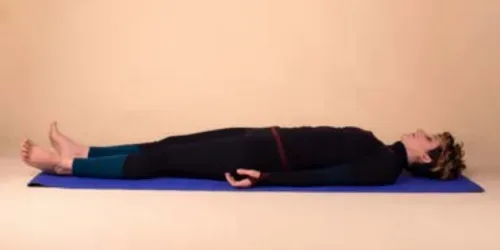
What is the Heart Chakra?
The Heart Chakra represents the source of love, warmth, compassion, and joy. This point is located in the center of the chest, at the level of the heart, governing the heart, cardiac plexus, thymus gland, lungs, breasts, and lymphatic system.
The Heart Chakra is the fourth chakra and is positioned in the center of the seven chakras, which are arranged along the spine (three below and three above).
This is the area that represents the center of connection between the material and spiritual planes. It is the center of deep connections between human beings and other beings, being the “repository” of caring and self-love, altruism, generosity, kindness, and respect.
When the Heart Chakra is open, you transmit love, have the ability to quickly forgive others as well as yourself, accept others as well as yourself. A closed heart chakra can emit jealousy, anger, fear, pain, betrayal, and hatred directed towards oneself and others.
In this material, I have set out, and I propose to you, to work on the heart chakra through asanas. The recommended poses help, physically, to increase the mobility of the spine and the strength of the back muscles.
Asanas for the heart chakra
1. Bhujangasana
Execution technique:
Lying on the abdomen, with the lower limbs fully extended, the big toes touch and the muscles inside the thighs are tightened, the buttocks are tightened, the coccyx is oriented towards the heels, the abdomen is activated. The palms are placed beside the ribs, the elbows remain oriented towards the ceiling, the shoulders come above the middle fingers at the level of the palms, the shoulders rotate back and the shoulder blades come closer. Pushing into the arms, lift the upper part of the trunk, keeping the pelvis and navel in contact with the floor, maintaining the gaze forward. Entering and exiting the posture should be done slowly, without abruptly straining the spine. Start with 15 seconds of holding the pose, gradually increasing the time until you reach three minutes.
Focus:
During the pose, bring your attention to the space of the heart, at the chest level, feeling how the breath activates the energy of the heart, especially the energy of unconditional love.
Contraindications:
- Perforated hernia
- Pregnancy
Benefits:
Increases mobility in the upper part of the spine, knowing that spinal mobility is essential for full health, vitality, and youthfulness. Relieves constipation, indigestion, and bloating. Helps heal various uterine-ovarian conditions. Aids in weight loss and waist definition. Regulates appetite. Amplifies feminine energy, which can be observed through increased self-acceptance, giving, and feelings of compassion.
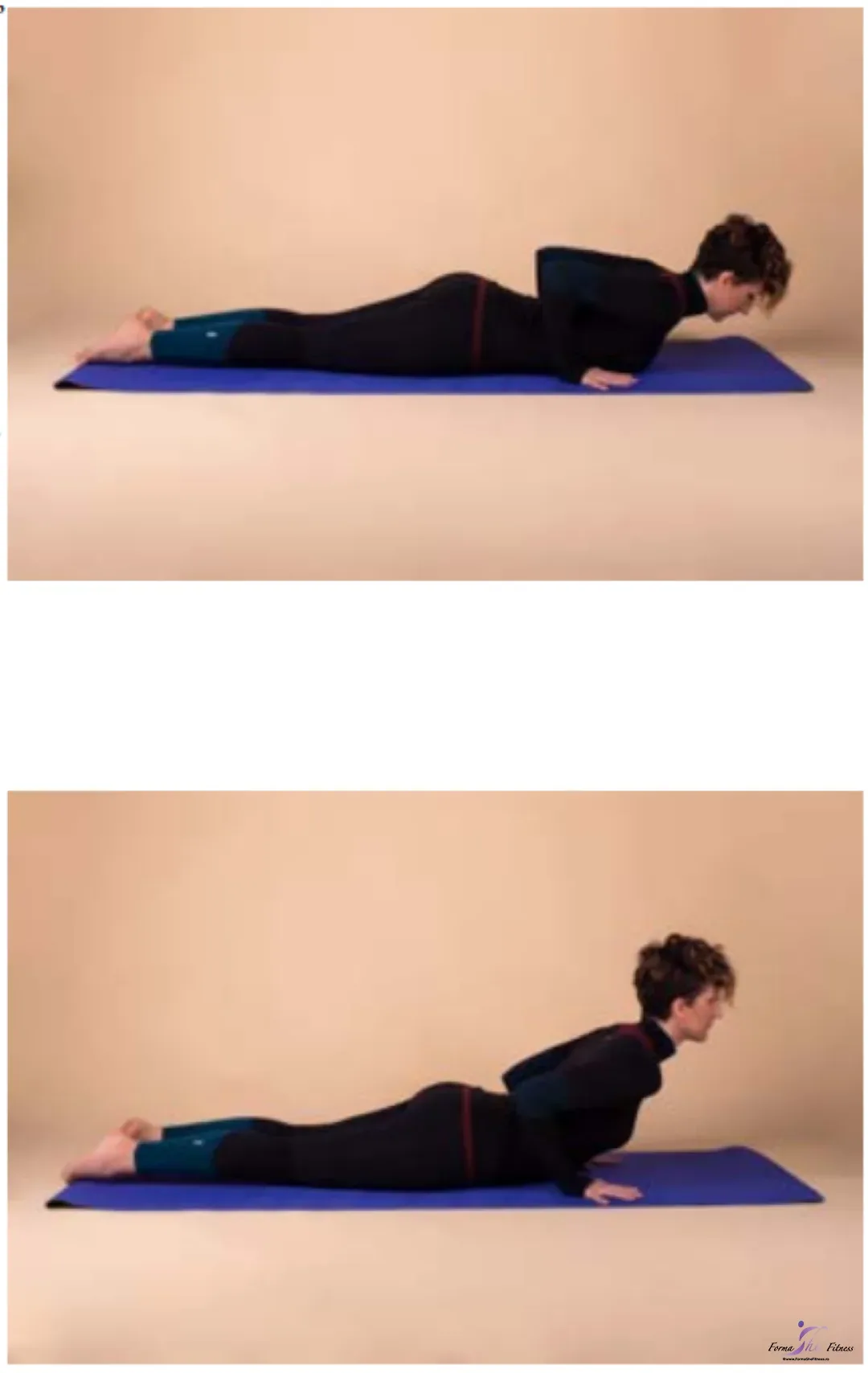
2. Chakrasana
Execution technique:
Lying on the back, knees bent and soles of the feet on the floor. The feet are hip-width apart, and the toes remain pointing forward. The palms are placed beside the ears on the floor, with the elbows pointing towards the ceiling. Simultaneously push into the palms and soles and arch the spine, as much as the body allows at that moment. Avoid any excessive tension in the spine. Hold for 15 seconds, gradually increasing the time until you reach three minutes.
Focus:
In this posture, direct your attention to the toes and visualize how you breathe through them, bringing the energy of the earth into the whole body, all the way to the fingertips. When descending, observe the sensations in the body, how the energy moves within the body.
Contraindications:
- Disc herniation
- Hypertension
- Pregnancy
Benefits:
Tones the entire body, helping to increase the mobility and flexibility of the spine, releasing tensions from the spine. Stimulates the spinal nerves, which means that all organs are stimulated. Relieves constipation, menstrual irregularities, and uterine disorders. It is an ideal antidote against obesity. Oxygenates the brain. Purifies the liver through this posture. Stretches the lungs, maintaining and increasing their elasticity. Subtly, this posture energizes and vitalizes the body’s bioenergetic state.
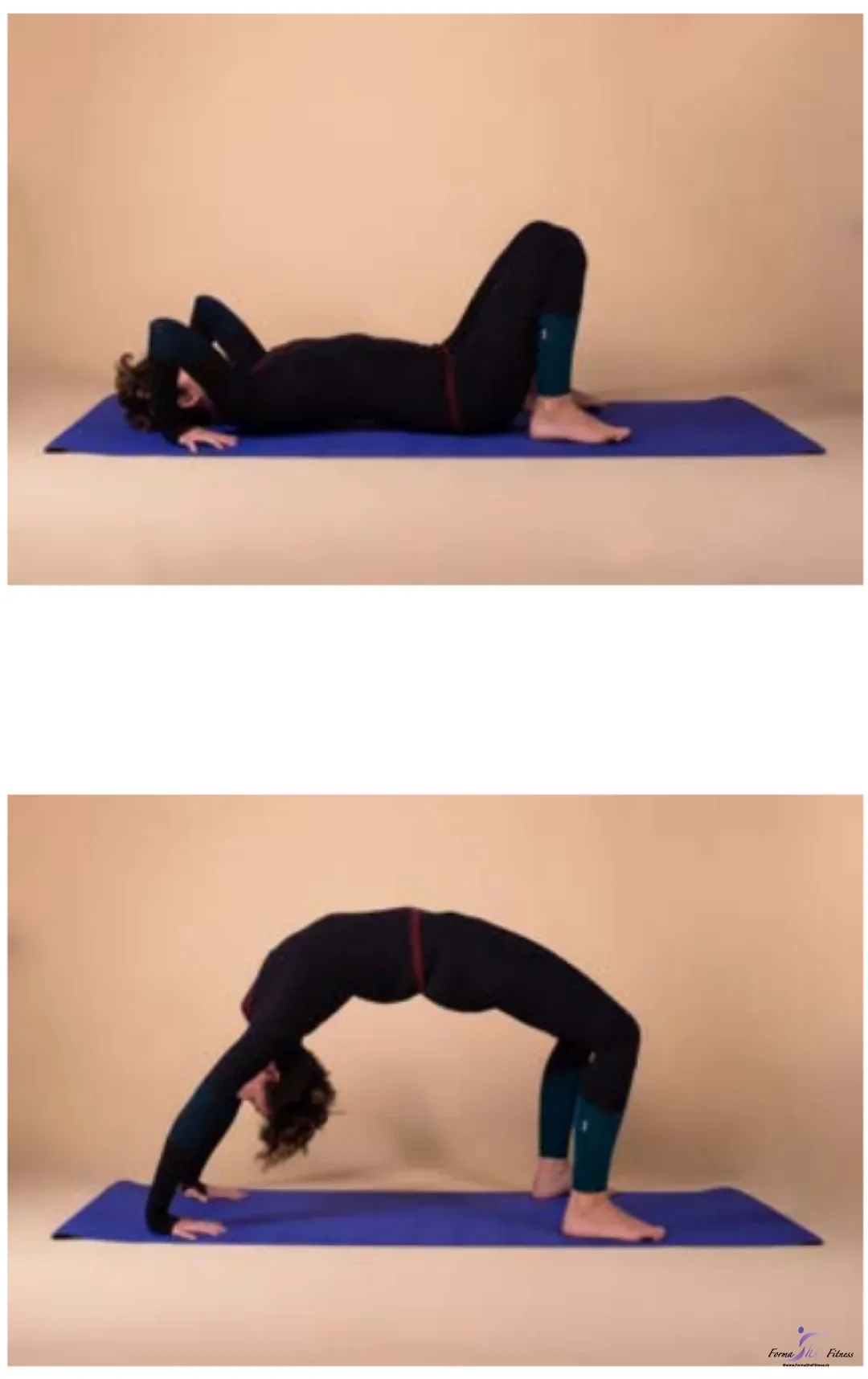
3. Sarvangasana
Execution technique:
Start by lying on your back, arms alongside the body, lift your legs up towards the ceiling, then tighten the abdomen and buttocks, and gently roll the spine until you are supported on the shoulders, with the pelvis above the shoulders. Then slowly lift the legs until the body is in a vertical position. Support the trunk with the palms placed at the level of the lumbar spine, with the elbows placed on the floor as close to the ribs as possible. The body, between the heels and shoulders, should have activated muscles, maintaining a straight position. Return slowly, rolling the spine, one vertebra at a time.
Focus:
Pay attention to the lower limbs and the micro-movements that occur in this area, as well as the entire spine, which you can visualize as it “feeds” on energy from the universe.
Contraindications:
- Heart conditions
- Hypertension
- Cerebral vessel sclerosis
- Otitis
- Dental abscess
- Pregnancy
- The first days of menstruation
Benefits:
Has a beneficial effect on varicose veins and hemorrhoids. Tones and soothes the spinal nerves. Nerve regeneration effect. Helps with insomnia and depression. Improves digestion. Assists with asthma, bronchitis, and other respiratory deficiencies. It is part of the postures for body regeneration. Brings us in contact with intuitive functions.
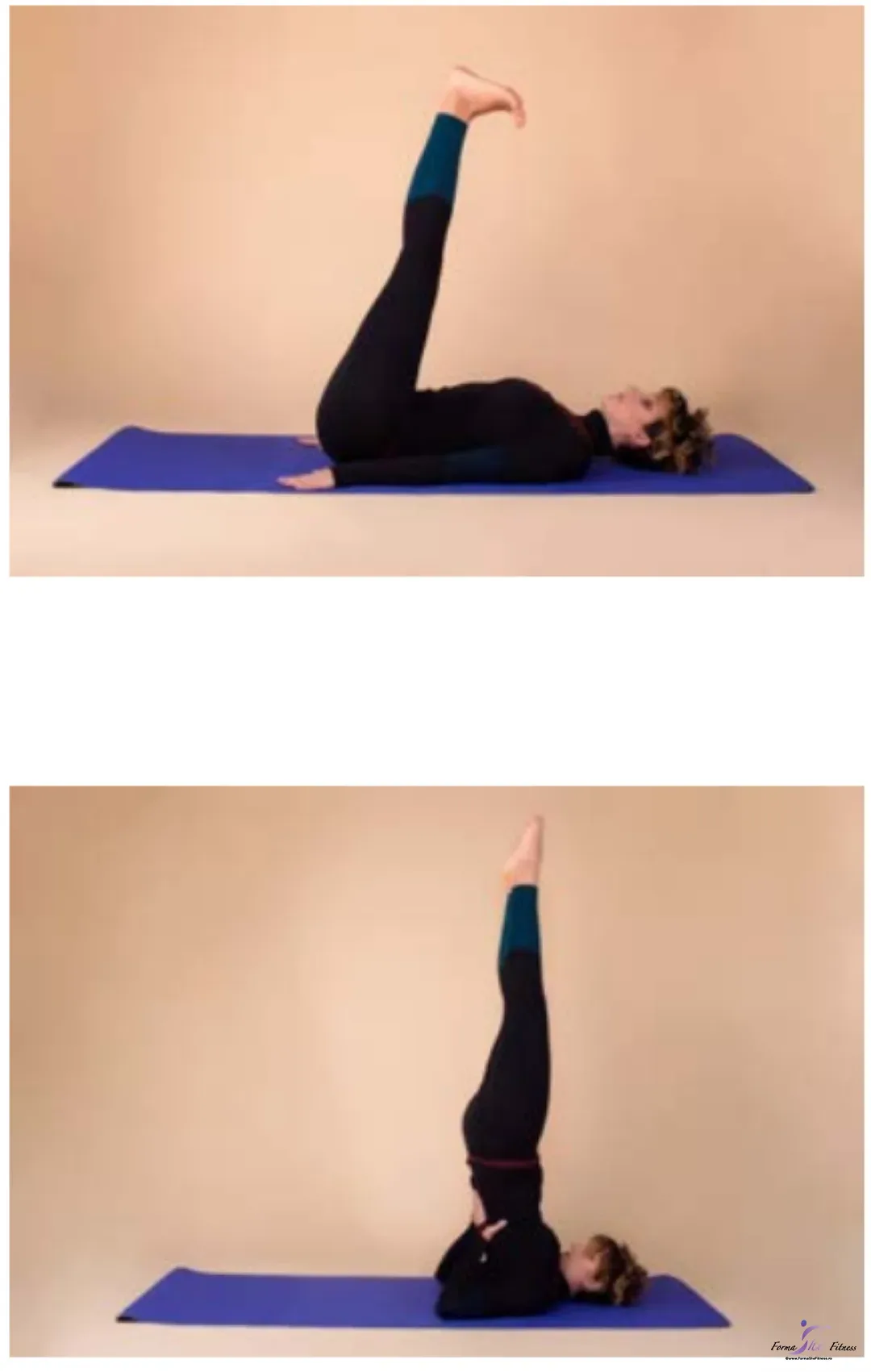
4. Setu Bandha
Execution technique:
Start by lying on your back with the soles of the feet on the floor. The feet are hip-width apart, and the toes remain pointing forward. Position the heels as close to the buttocks as possible. The palms tend to move towards the heels. Push into the soles, activating the inner part of the thighs, press the palms into the floor, and lift the pelvis as high as possible, bringing the sternum in contact with the chin. Then, cross the palms under the pelvis, pull the shoulders toward each other, and distribute the weight on both sides of the trunk. Start with 15 seconds and gradually increase the time until you reach three minutes.
Focus:
Direct your attention to the soles and feel the energy in the soles, coming from the earth, visualizing how it rises towards the pelvis, solar plexus, chest, and then towards the throat, to energize this energetic center.
Contraindications:
There are no contraindications for this posture. Those with pronounced lumbar lordosis should modify this posture accordingly.
Benefits:
Strengthens the back muscles, especially in the lumbar area, and allows the spine to maintain its mobility. Acts on the sacroiliac joint, which plays an important role in body alignment, increasing its mobility. Helps prevent hip osteoarthritis by mobilizing the hip joints. Increases blood flow to the pelvic area, assisting normal functioning of the genital organs. Beneficial effect on the adrenal glands and gonads.
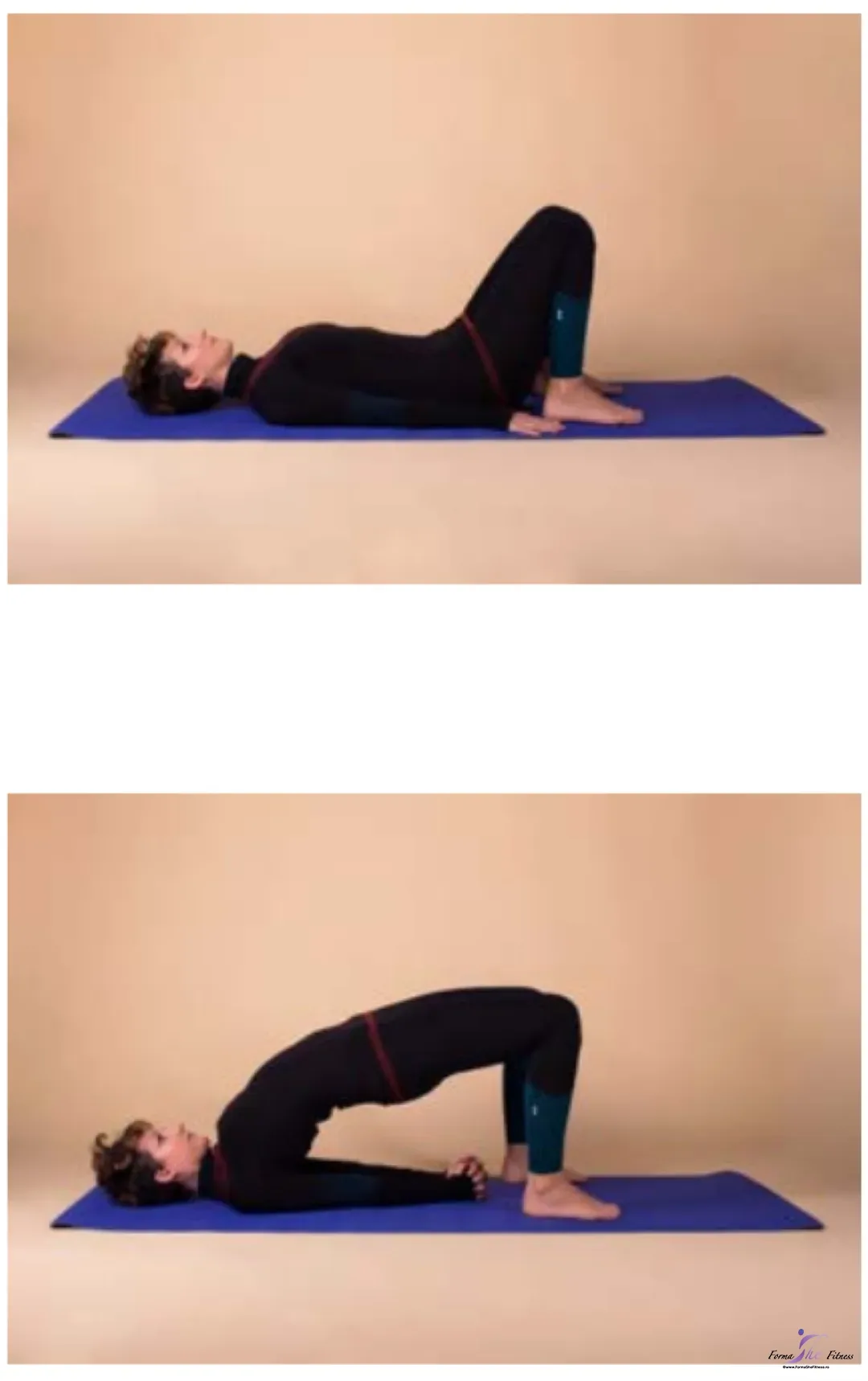
5. Shalabasana
Execution technique:
Lie on your stomach, gaze down, place the chin on the floor, and lengthen the cervical spine. Bring the palms under the pelvis. Pressing into the palms and shoulders, keep the chin in contact with the ground and lift both legs.
Focus:
Direct your attention to the lower limbs and the lumbar area, feeling how this musculature works. Visualize a white light, an energy from the Universe, flowing through the legs, reaching the second chakra located below the navel, energizing this energetic center.
Contraindications:
- Acute lower back pain
- Sciatica
- Pregnancy
Benefits:
Restores the mobility of the spine and strengthens the lumbar muscles. Acts on the digestive system, enhancing intestinal tone and peristalsis. Prevents varicose veins. Indicated in various stomach conditions and in cases of liver overload, helping its recovery.
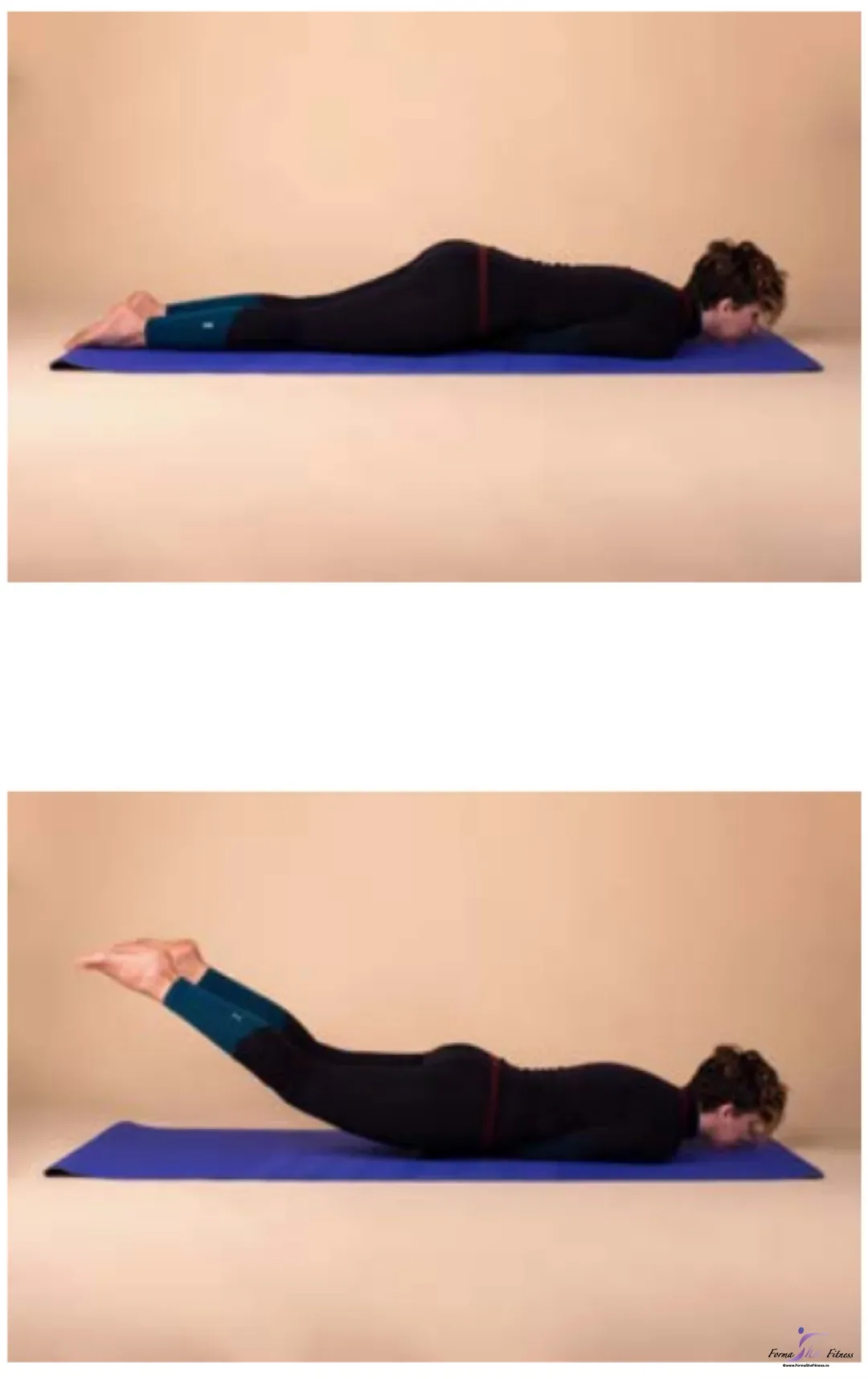
6. Sirsasana
Execution technique:
Sit on a mat with support on the knees and forearms. Keep the forearms parallel to the body and clasp the arms with the palms, then separate the palms and cross the fingers, placing the crown of the head in the cup formed by the palms. Constantly push the forearms into the ground to avoid putting excessive tension on the neck. Then, lift the knees off the ground and fully extend them, keeping the back fully extended. Bring the feet toward the palms, raising the coccyx toward the ceiling, and when the weight is on the arms, gradually bring the knees toward the chest, slowly raising the legs toward the ceiling. Start with 15 seconds and gradually increase the time until you reach three minutes.
Focus:
Direct your attention to the body’s central line and activate the muscles, starting from the heels and going all the way to the perineum. Visualize how thoughts that run too much in the mind are sent to the ground, and absorb the energy and wisdom of the earth.
Contraindications:
- Cervical hernia
- Hypertension
- Heart conditions
- Hypertension
- Verebral vessel sclerosis
- Otitis
- Dental abscess
- Pregnancy
- The first days of menstruation
Benefits:
Stimulates the lymphatic system. Releases tensions from the body. Strengthens the abdominal, lumbar, and gluteal muscles. Strengthens the muscles of the scapular belt. Improves digestion. Helps with edema.
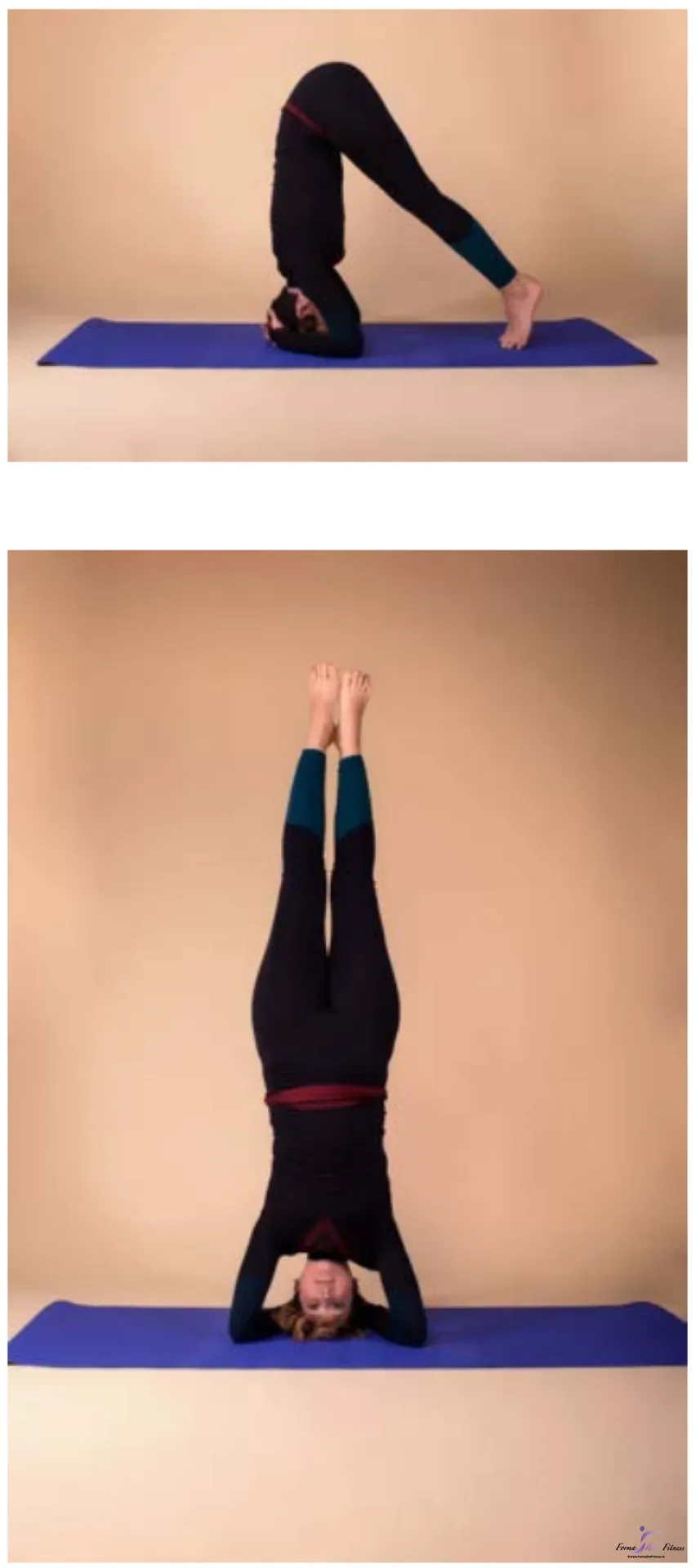
7. Shavasana
This is the posture for relaxing the body at the end of the physical practice. It can be done lying on the back, on the stomach, or on the side. Without relaxation, true yoga cannot exist because all answers and ideas come from a state of deep relaxation. We need to learn to consciously relax, feeling and visualizing how each part of the body releases its weight into the mat and relaxes completely and wholly.
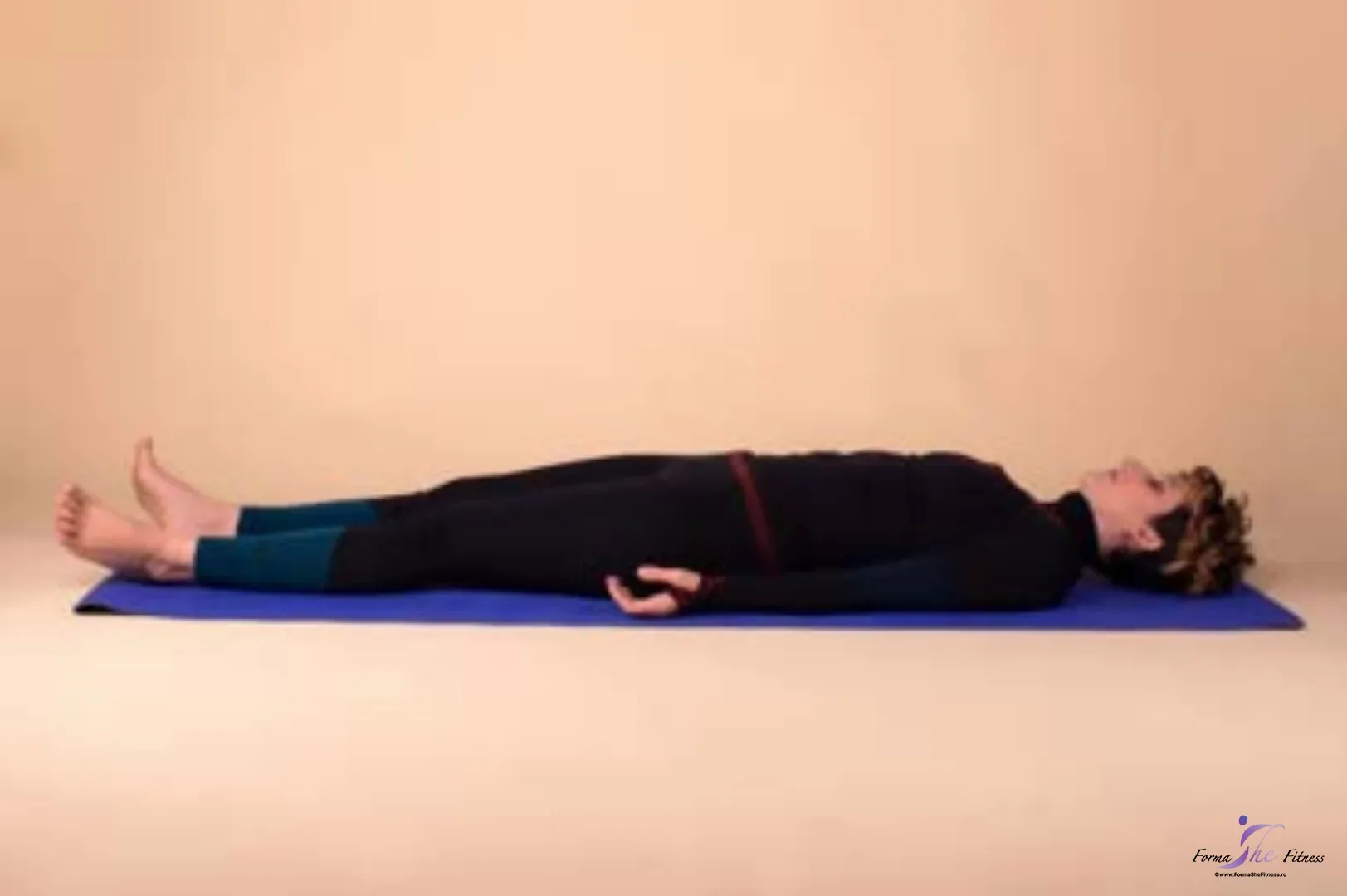
How can we begin to relax?
Initially, we need to become observers of our own breath, then observe how the breath enters and leaves the body, noticing how long it takes for an inhalation to enter the body and for an exhalation to leave the body. We observe the temperature of the air as we inhale and exhale.
We observe these things for a while and then extend this observation process to the whole body, to each part of the body.
Bodily relaxation will start from the bottom up, from the toes to the crown of the head, to allow our attention to ascend from denser energy, such as that of the earth, to lighter energy, such as that of the universe, allowing the vital breath to rise to higher areas, relaxing the mind.
Ana Werczberger
"Ana Werczberger si-a dedicat cu entuziasm zece ani din viata lantului de fitness World Class ca antrenor personal si instructor de body&mind. Fiind atrasa de yoga în urma cu sapte ani a început sa practice stilul Ashtanga urmând apoi o specializare în Power Yoga - o forma de yoga, care pune accentul mai mult pe lucrul asupra corpului fizic. Practicând Power Yoga curiozitatea a crescut si totodata a determinat-o sa îsi doreasca cunoasterea mai în profunzime a propriului eu - minte si suflet. Astfel în urma cu cinci ani a fost atrasa de Nlp Rezonans, urmat de Reiki si apoi Theta Healing. www.yoga-academy.ro Experimentând aceste tehnici Ana si-a dorit sa aprofundeze studiul yoga, propunându-si sa plece în India pentru formare si experienta. În final a reusit “sa aduca India în România” prin înfiintarea YAR - Yoga Academy România - împreuna cu alte doua persoane dragi ei si având ca mentor un profesor din Risikes - capitala Yoga. În perceptia Anei corpul lucreaza împreuna cu sufletul si mintea, astfel abordarea ei este complexa integrând cele trei planuri. "
Recent Posts
Related Articles
CrossFit exercises practiced outdoors or at home
Concentration and discipline are indispensable for succeeding in any training program, regardless...
July 27, 2023Health guide for “ageless” women
Discover the Benefits of Physical Exercise and the Best Types of Training...
July 27, 2023Home-Based Pregnancy Workout in Comfort
The Benefits of Prenatal Home Workout The way we interact with people...
July 10, 2023Supplementation with Vitamins and Minerals
Essential nutrients for the body The macronutrients and micronutrients are essential for...
July 10, 2023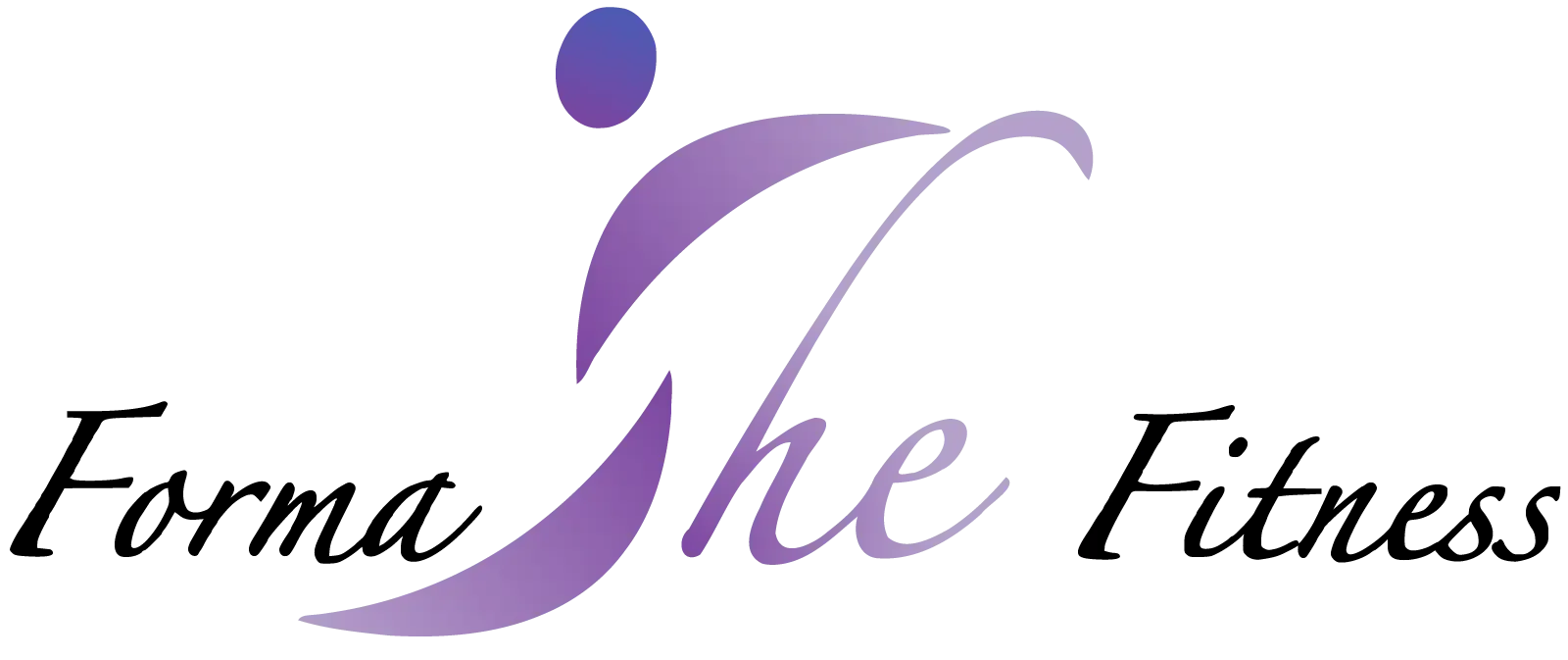


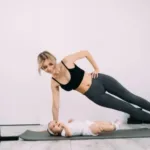
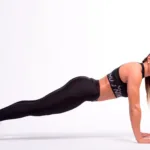


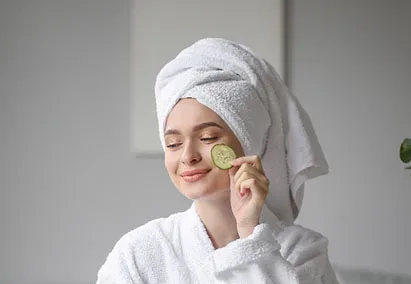
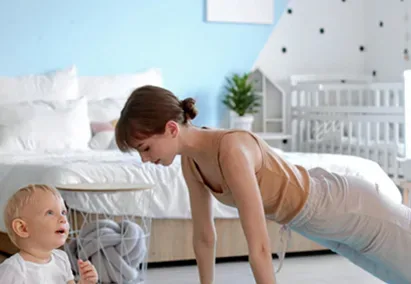
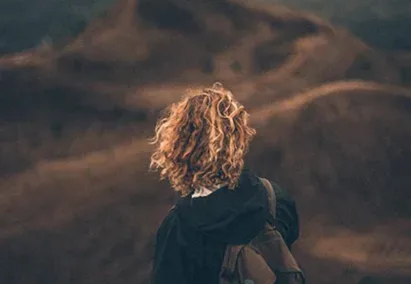


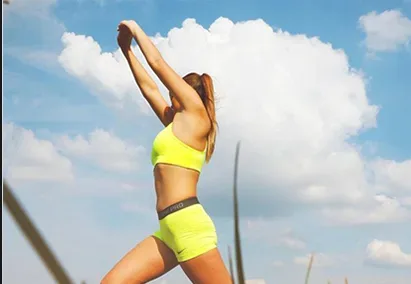

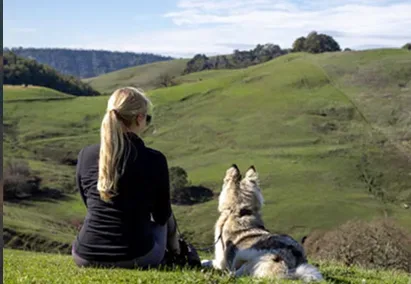

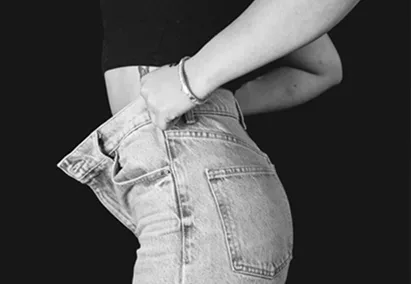




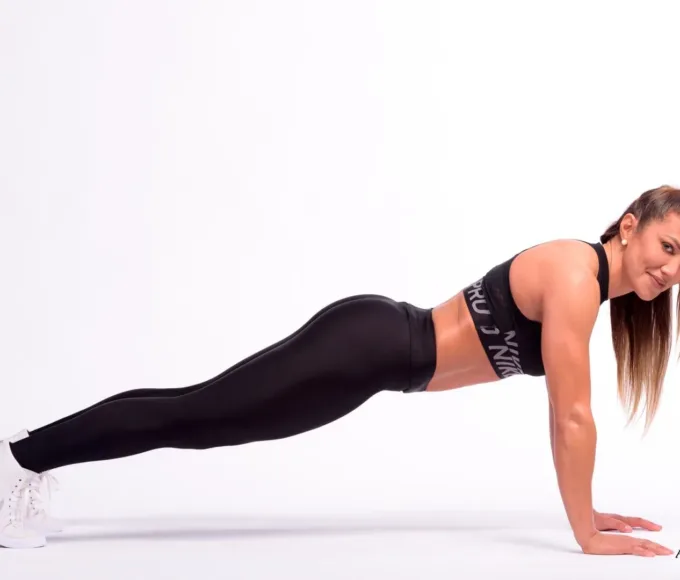
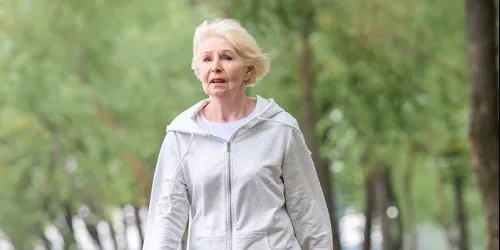


Leave a comment